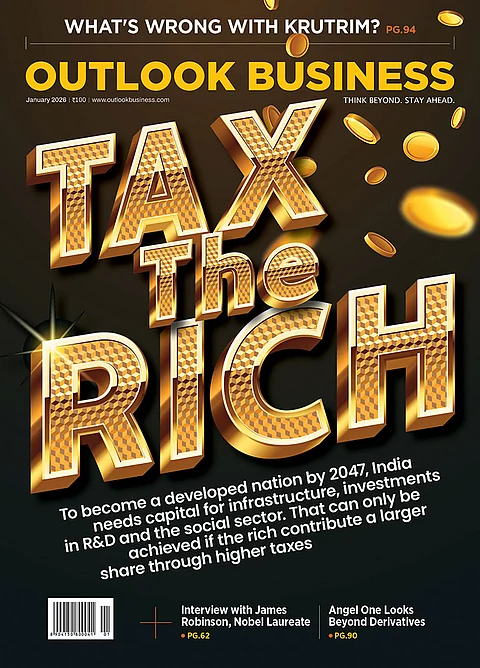The world experienced its warmest January on record, despite abnormally chilly temperatures in the United States, the development of a cooling La Niña conditions and predictions of a slightly less hot 2025, according to the European climate service Copernicus.
January 2025 globally was 0.09 degrees Celsius warmer than January 2024, the previous hottest January. Additionally, it was 1.75 degrees Celsius warmer than the pre-industrial levels. Copernicus revealed that this was the 18th month in the last nineteen months for which the global-average temperature exceeded the internationally agreed upon warming limit of 1.5 degrees Celsius above the pre-industrial times.
However, scientists do not consider this breach of the 1.5 degrees Celsius threshold a permanent “limits breach” unless the global temperatures remain above it for 20 years, reported The Indian Express.
The primary driver of these record temperatures is the accumulation of greenhouse gases from the burning of coal, oil and natural gas. Yet natural contributions to temperature change have not been acting quite as expected, Samantha Burgess, strategic lead for climate for the European weather agency told Associated Press.
Burgess described January 2025 as “another surprising month,” noting the record heat over the past two years, despite the cooling effects of La Niña. She emphasised that Copernicus will continue to monitor ocean temperatures and their impact on the evolving climate in 2025.
Alarming Climate Projections
The unusual January heat coincides with a new study published in the journal Environment: Science and Policy for Sustainable Development. The study, led by former top NASA climate scientist, James Hansen, and others, argues that global warming is accelerating. Hansen concluded that the 2 degrees Celsius target set by Intergovernmental Panel on Climate Change (IPCC) under the Paris Climate Agreement is “dead”, reported by The Guardian.
Hansen and team also emphasised that there is a recent decline in sunlight-blocking aerosol pollution from the shipping industry, which had been mitigating some of the warming, reported The Hindu. Hansen further stated that the UN’s climate panel, which aims for a 50% chance of keeping warming under 2 degrees Celsius by the year 2100, is now “an implausible scenario”.





























